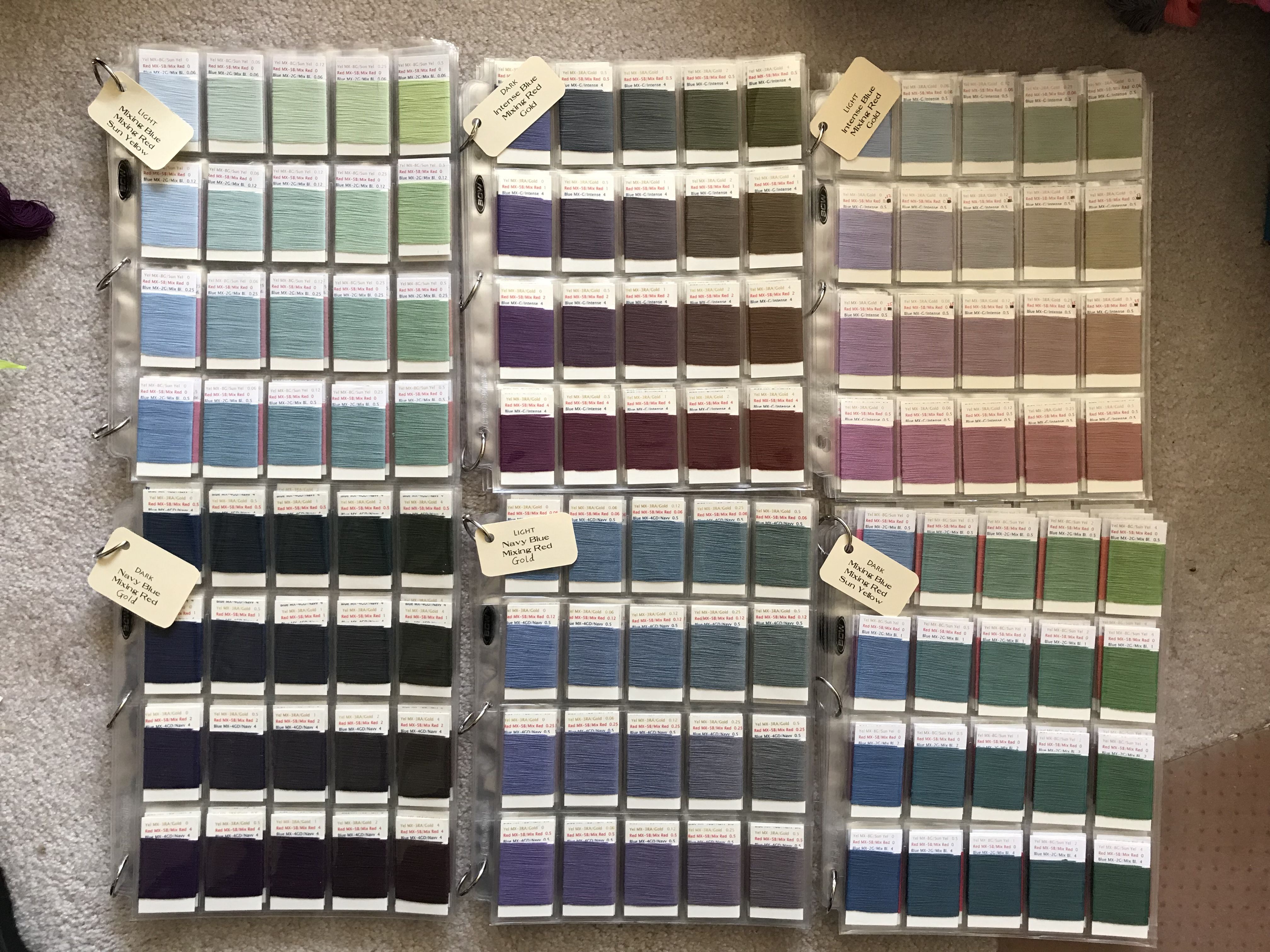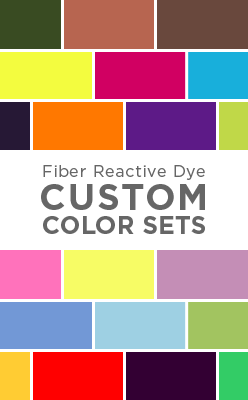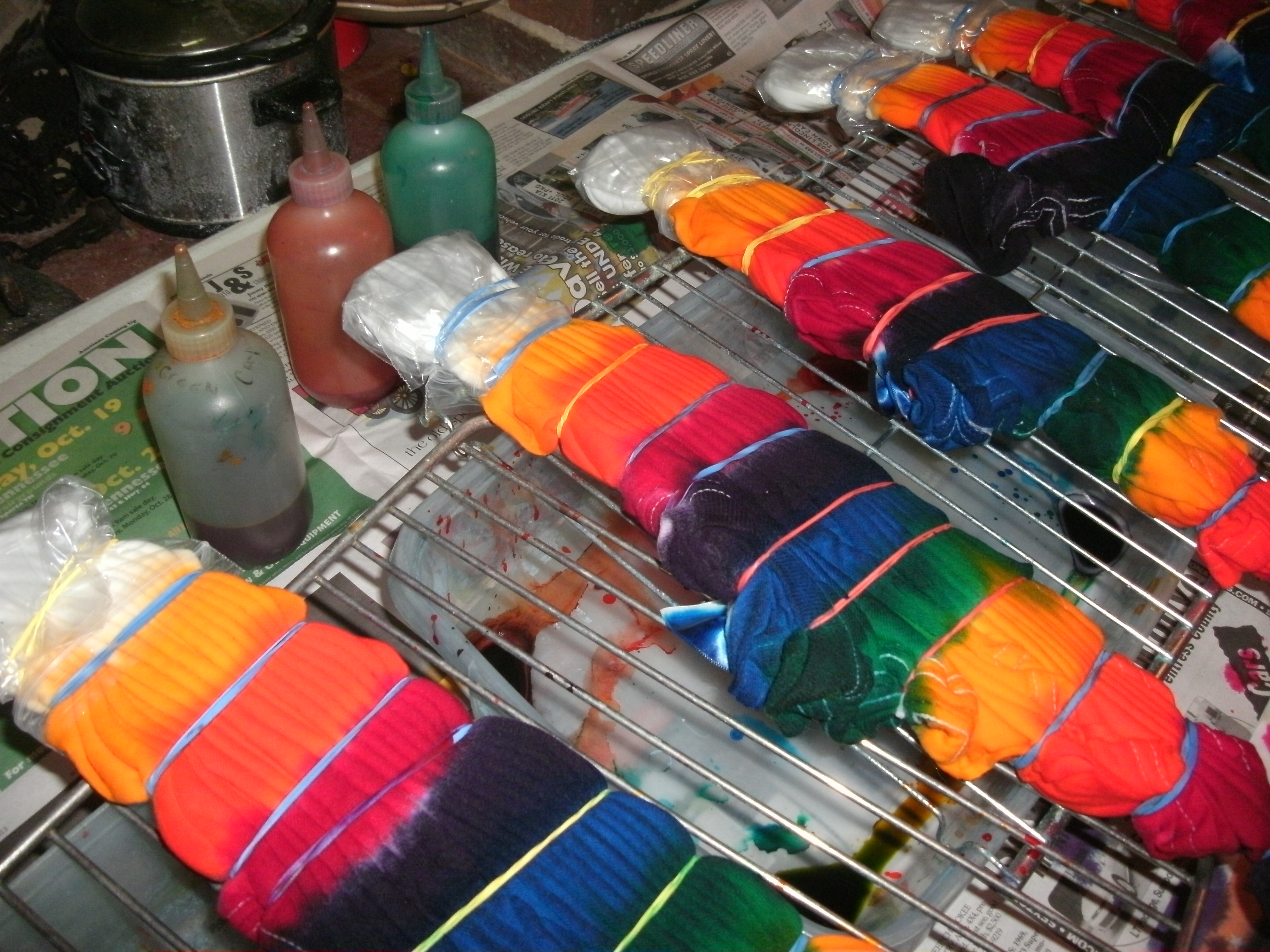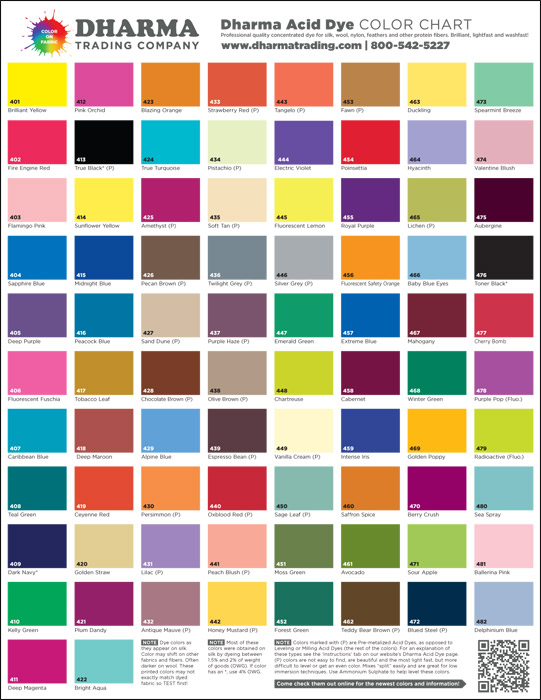What Is Fiber Reactive Dye And How Does It Work
Each type of fabric will react differently to the dyes and the ultimate outcome of your colors so note the type of fabric on your experiment sheet for future reference. The objective of this research paper is to establish a suitable reactive dyeing process for banana fiber and comparison between dyeing behaviors of.
 Pro Mx Fiber Reactive Dye Procion Pro Chemical Dye
Pro Mx Fiber Reactive Dye Procion Pro Chemical Dye
And the cold brand reactive dyes have the highest reactivity and requires.

What is fiber reactive dye and how does it work. This means that it doesnt form a stiff crust on the surface of the fabric like regular paint and it is much more permanent and vibrant than regular union dyes such as RIT. May 21 2014 Fiber Reactive Dyes such as Procion MX by Jacquard have superior colorfastness. In the latter case they are applied under weakly acidic conditions.
Reactive dyeing is the most important method for the coloration of cellulosic fibres. The medium brand reactive dyes have medium reactivity and require 40-60C for dyeing. They can be challenging to work with and more expensive than conventional fabric dyes but many crafters prefer them.
Which absorb varying spectrums of the light allowing only certain spectrums to reflect. They can also be used with wool and. Fiber-reactive dyes which are produced from petrochemicals molecularly bond with fabric creating colorfast long-lasting shades.
Jul 16 2019 what to doice dye basics. Reactive dyes can also be applied on wool and nylon. Nov 07 2018 The way that they work is that youll have to use an alkaline substance such as baking soda or washing soda to make them active.
The waste water is easily broken down into harmless molecules by microbes in. Jan 09 2014 Fiber reactive dye is the most permanent of all dye types. Keep the clothes in the dye bath at least ten minutes but as long as 30 minutes depending on the shade youre going for.
Theyre used on cellulosic fabrics such as cotton linen hemp rayon and Tencel. Reactive dyes are most commonly used in dyeing of cellulose like cotton or flax but also wool is dyeable with reactive dyes. Oct 31 2013 The first 15 years of my career using procion fiber reactive dyes I unknowingly limited my artistic flexibility and growth as a fiber artist.
They also require strong alkali for dyeing. Cold brand reactive dyes. Covalent bonding is the one of the strongest types of chemical bonds.
Feb 01 2021 Fiber reactive dyes are textile dyes that form a covalent bond with the fibers of the textile resulting in a long lasting bright dye. You need a few extra items for Fiber Reactive dyes however such as soda ash salt and Synthrapol. Which absorb varying spectrums of the light allowing only certain spectrums to reflect.
Fiber reactive dye fuses with cellulose plant fiber fabric on an atomic level becoming a part of the material. Reactive dyes dissolves in water unlike VAT dyes. Mild alkali is required.
Once the bond is formed what you have is one molecule as the dye molecule has. The hot brand reactive dyes have the lowest reactivity and needed 60-90C for dyeing. Wear gloves as you.
Fiber reactive dyes attach permanently to cellulose fibers using a covalent electron-sharing bond. If you want a dye that will not bleed or wash out even when washed in boiling water then fiber reactive dyes are the best because they form a permanent covalent chemical bond to the fiber. However if your priority is a dye that will not fade in sunlight youre often going to be better off with vat dyes instead of fiber reactive dyes because vat dyes are the class of dyes that is most.
And once you mix that activator substance with them they become active and fixed to the fiber. These molecules carry a chromophore. It becomes an integral part of the fibre due to the formation of a covalent bond between the reactive group of this dye and the fibre polymer.
When I began using dye thickeners a whole new avenue of control over the medium was opened for me to explore. Fiber reactive dyes attach permanently to cellulose fibers using a covalent electron-sharing bond. Select your fabric garment for the Dharma Trading Fiber Reactive Procion Dyes you will need to work with natural fibers such as cotton linen wool and silk.
Unlike other dyes it actually forms a covalent bond with the cellulose or protein molecule. Feb 21 2019 Fiber reactive dyes when used in the small amounts that a home dyer or a small business would actually do have a pretty low impact on the environment. Jul 03 2020 Medium brand reactive dyes.
Covalent bonding is the one of the most basic and strongest types of chemical reactions. They are great for cellulose fibers such as cotton linen rayon raime and viscose rayon. Mar 09 2020 Sodium carbonate works extremely well as a fixative for fiber reactive dyes including Procion MX dyes as well as Cibacron F Drimarene K and Remazol type dyes.
Reactive dyes are dyes used for dyeing protein cellulose and polyamide fibre and they are anionic. These molecules carry a chromophore. They follow their name Fiber Reactive Dyes.
Secondly how long can you leave fabric in Rit dye.
 Reactive Dye An Overview Sciencedirect Topics
Reactive Dye An Overview Sciencedirect Topics
 Ice Dyeing 101 Using Fiber Reactive Dyes Dear Handmade Life
Ice Dyeing 101 Using Fiber Reactive Dyes Dear Handmade Life
 Vivid Element How Eco Friendly Are Procion Fiber Reactive Dyes
Vivid Element How Eco Friendly Are Procion Fiber Reactive Dyes
 Tub Dyeing Basics With Fiber Reactive Dye
Tub Dyeing Basics With Fiber Reactive Dye
 Fiber Reactive Poster How To Dye Fabric Tie Dye Techniques Dye
Fiber Reactive Poster How To Dye Fabric Tie Dye Techniques Dye
About Fiber Reactive Dyes For Cotton And Silk
 Tub Dyeing Basics With Fiber Reactive Dye
Tub Dyeing Basics With Fiber Reactive Dye
The Chemistry Of Dyeing Reactive Dyes
 Vivid Element How Eco Friendly Are Procion Fiber Reactive Dyes
Vivid Element How Eco Friendly Are Procion Fiber Reactive Dyes
 Procion Mx Fiber Reactive Dye Samples On Cotton Tien Chiu
Procion Mx Fiber Reactive Dye Samples On Cotton Tien Chiu
Dharma 2018 Flip Ebook Pages 1 50 Anyflip Anyflip
 Ice Dyeing 101 Using Fiber Reactive Dyes Dear Handmade Life
Ice Dyeing 101 Using Fiber Reactive Dyes Dear Handmade Life
 Reactive Dye An Overview Sciencedirect Topics
Reactive Dye An Overview Sciencedirect Topics
About Fiber Reactive Dyes For Cotton And Silk
 Fiber Reactive Dye Custom Color Sets
Fiber Reactive Dye Custom Color Sets
 Using Fiber Reactive Dyes Up And Dyed
Using Fiber Reactive Dyes Up And Dyed
Why Does Fiber Reactive Dye Work The Best On Cotton
